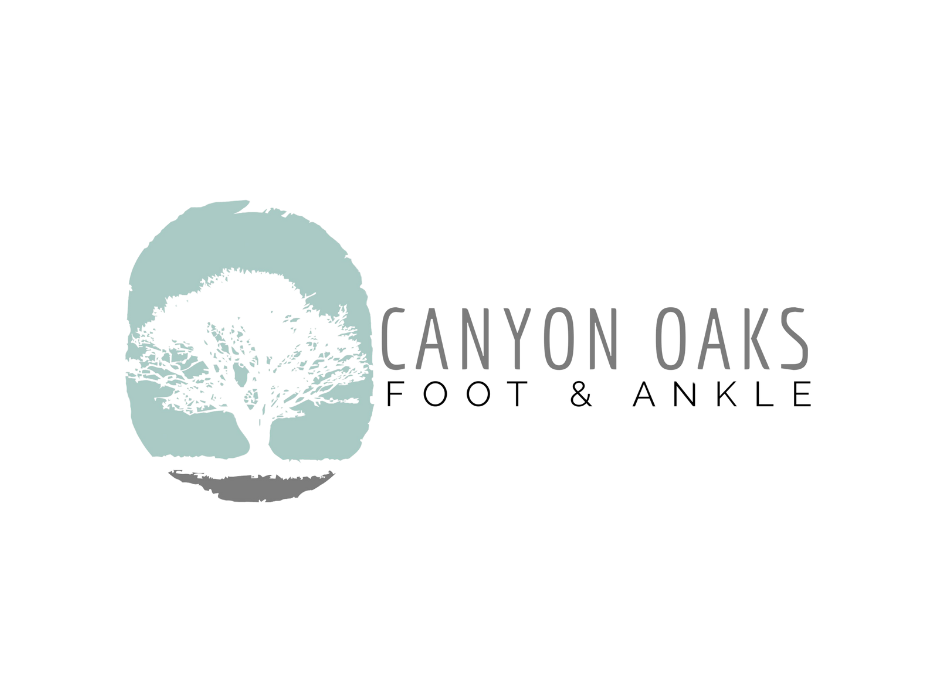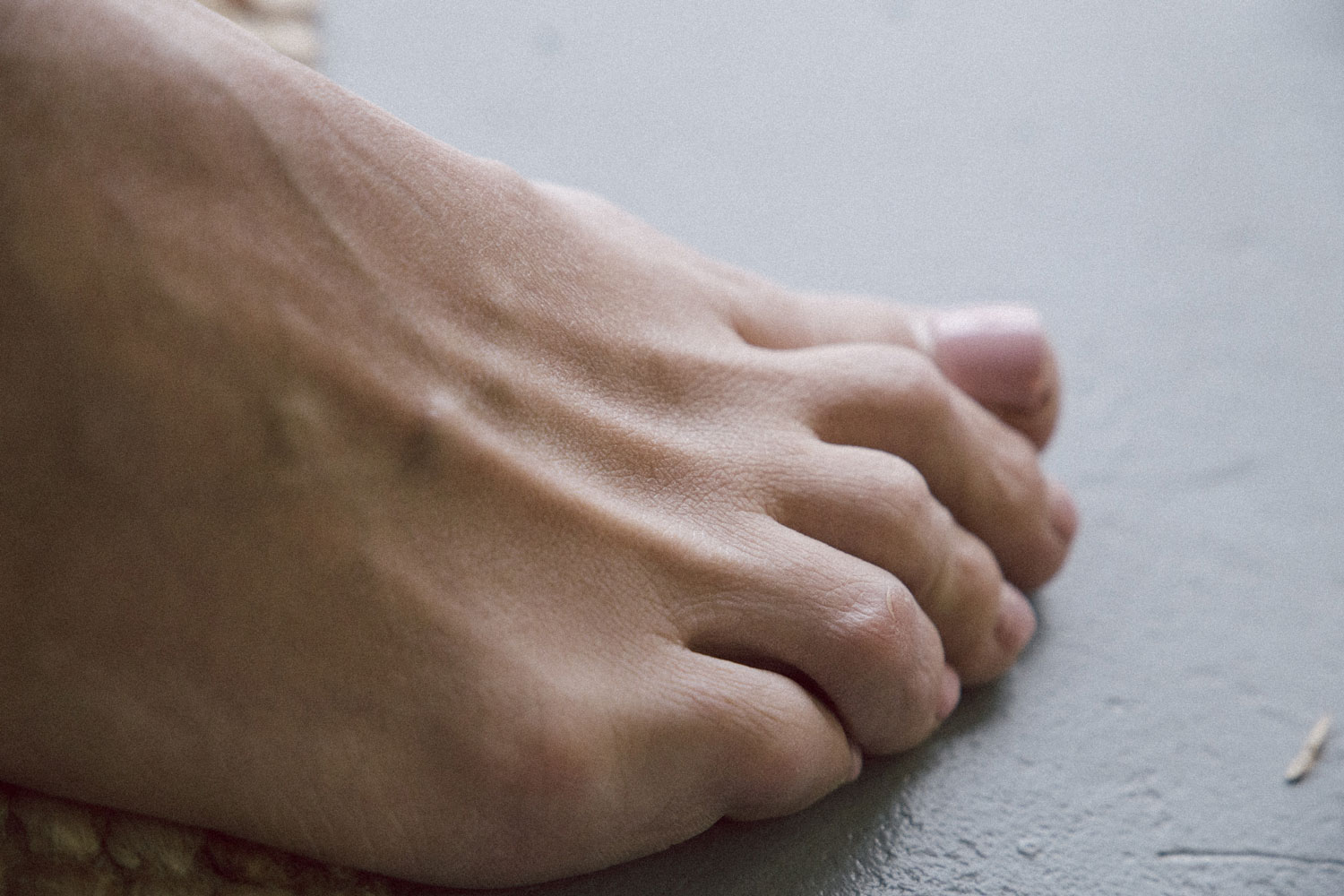We all know how painful subbing a toe can be. However, in many cases, these simple injuries are often dismissed as a minor inconvenience and ignored, assuming that they will heal on their own. The reality is, a dislocated toe can often lead to more severe problems if left untreated.
What is a Dislocated Toe?
A dislocation occurs when the bones of a joint completely separate and become displaced. When it comes to toes, there are three locations where a dislocation can occur.
- The Metatarsophalangeal joint. This where your toes connect to the rest of the foot.
- The Proximal Interphalangeal joint is the middle joint (or knuckle) of the toe. This joint is not present in the Hallux (or big toe).
- The Distal Interphalangeal joint is the last joint in the toe connecting the Distal Phalanges (bones in the tip of the toe) to the Proximal Phalanges (middle toe bones).
Toe dislocations are often accompanied by torn ligaments causing damage to the connective tissues within the joint.
What Causes Toe Dislocation
Jamming or stubbing a bare-footed toe are the most common causes of toe dislocation, but they are also caused by twisting or hyperextension of the joints in the front-foot area. While this type of injury is prevalent among athletes, it can happen to anyone.
How to recognize a dislocated toe and what you can do about it?
Symptoms of a dislocated toe may include:
- Bruising and swelling
- Severe pain and discoloration
- Difficulty flexing and moving the affected toes
- A visibly crooked appearance
- A tingling or numb sensation
If you are experiencing some or all of these symptoms, it is best to seek the advice of a trained medical professional right away. If left untreated, a dislocated toe can lead to further issues down the line, including joint damage and chronic swelling.
Your Podiatric doctor will reposition the affected joint either by closed (external manipulation) or open reduction (repositioning via surgery). After the bones have been set in place, your doctor may choose to place your toe(s) in a splint or cast to prevent the joint from moving during the healing process.
We Can Help You
If you have recently suffered a foot injury and are experiencing symptoms of a dislocated toe, Canyon Oaks Podiatry can provide the treatment you need to get you back on your feet. We are dedicated to providing the very best of podiatric care to the Central Valley area. Take the next step: Click here to schedule an appointment today!

